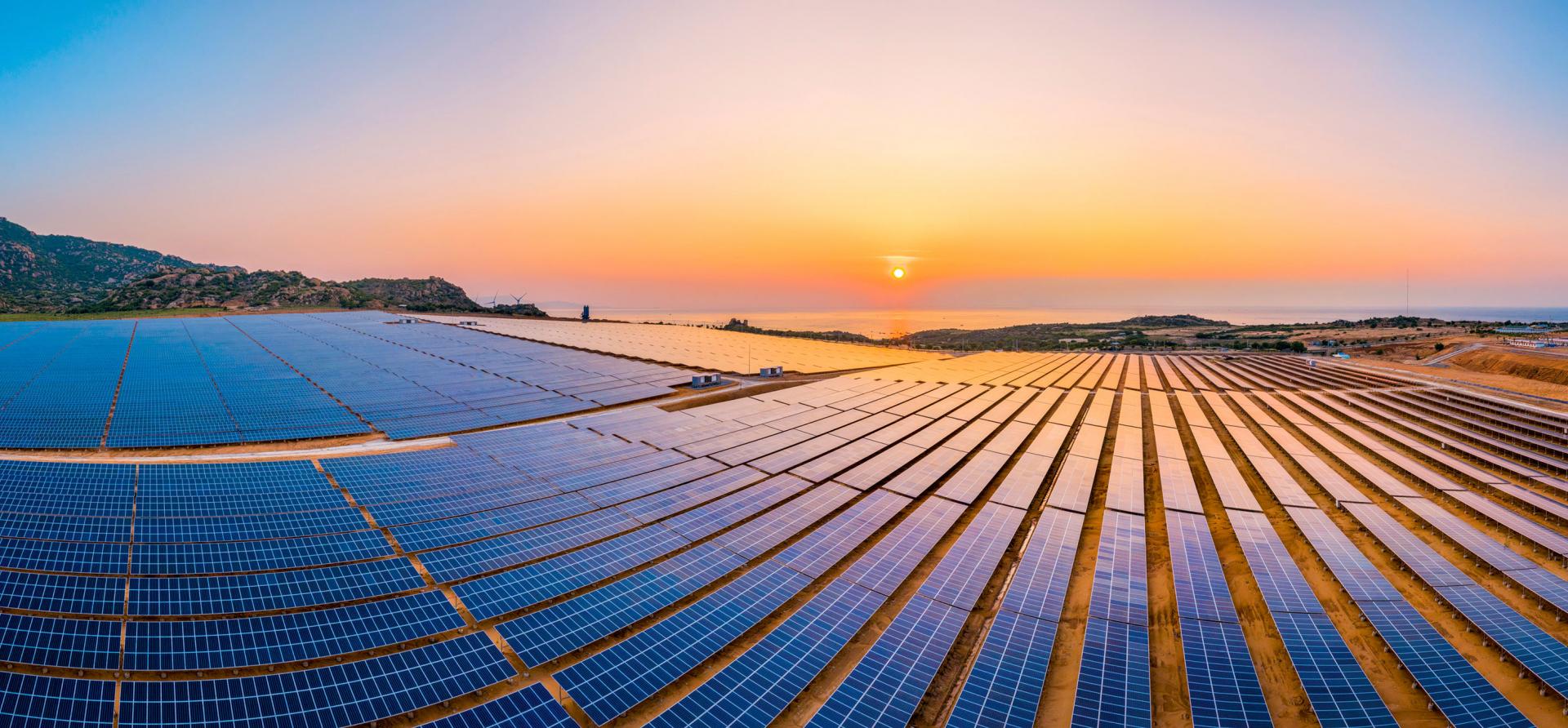Global energy markets in transition
Download Full Report
View Press Release

Key Findings
China’s November 2014 statistics show an acceleration of the trend that has emerged over 2012-2014, and the nexus between real gross domestic product (GDP) growth, electricity growth and coal demand has been broken.
Combined with a plan to significantly step up Coal India Limited’s domestic coal mine productivity and to quadruple India’s rate of installation of renewable energy capacity, these moves are integral parts of Goyal’s comprehensive plan aimed at ceasing thermal coal imports into India within 2-3 years.
At the end of 2014, the 180th planned closure since 2010 of a U.S. coal-fired electricity plant was announced.
Executive Summary
In this brief, we examine developments across the largest electricity markets globally, from growth markets in China and India to mature Western markets in the U.S., Germany, the U.K. and Japan.
Some of our key findings:
- Surges in investment in offshore wind in Europe, and solar in China, Japan and the U.S. helped drive investment clean energy up 16 percent, to US$310 billion, according to Bloomberg New Energy Finance.
- 2014 global installs of solar capacity rose 20 percent to a record 46-48 gigawatts (GW).
- New global wind installs grew 40 percent to 46 GW in 2014, led by China and America.
- The Chinese electricity market was vividly transformed in 2014: While real economic growth exceeded 7 percent, electricity demand grew by less than 4 percent. Rapid supply diversification saw China’s coal consumption decline 2 percent and coal imports fall by 11 percent to 291Mt in 2014.
- India Energy Minister Piyush Goyal surprised the world in 2014 by announcing a proposal for India to cease importing thermal coal within 2-3 years. In conjunction with this, Goyal announced plans for 100 GW of solar and 60GW of wind by 2022; including US$100 billion of renewable energy infrastructure investment by 2019, plus US$50bn of grid upgrades.
- U.S. coal demand increased 0.8 percent in 2014, but total U.S. coal exports fell 20 percent. U.S. thermal coal consumption in 2014 is down 18 percent from the 2008 peak.
- Germany’s electricity demand fell a preliminary 3.8 percent in 2014, and electricity generated from coal declined by 4.7 percent.
- Japan installed record levels of 10 GW of solar energy capacity in 2014, part of a development pipeline of over 72 GW in planning. Combined with any restart of Japan’s 49GW of idled nuclear capacity and a declining electricity consumption profile, Japanese fossil-fuel demand will increase at least until 2020.
- The China-U.S. Climate agreement announced in 2014 augers well for global renewable energy policy momentum in 2015.
- The deflationary nature of renewables continues to drive new investment, undermining the viability of thermal power and increasing the risk of stranded assets. IEEFA views the IEA forecast of 5% annual solar cost deflation through to 20351 as conservative.
Please view full report PDF for references and sources.
Press release: Global Energy Markets Transition Drives Thermal Coal Into Structural Decline













